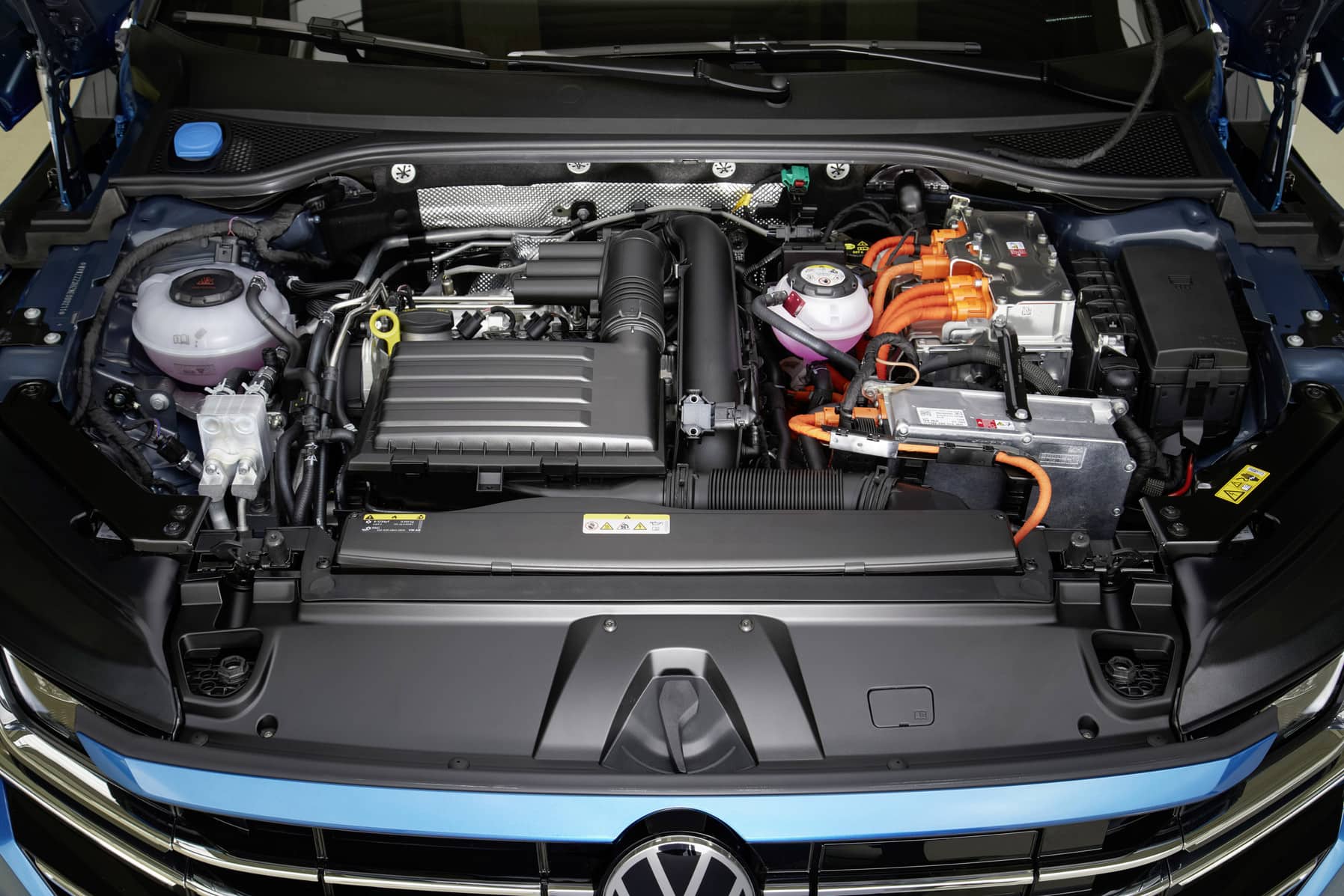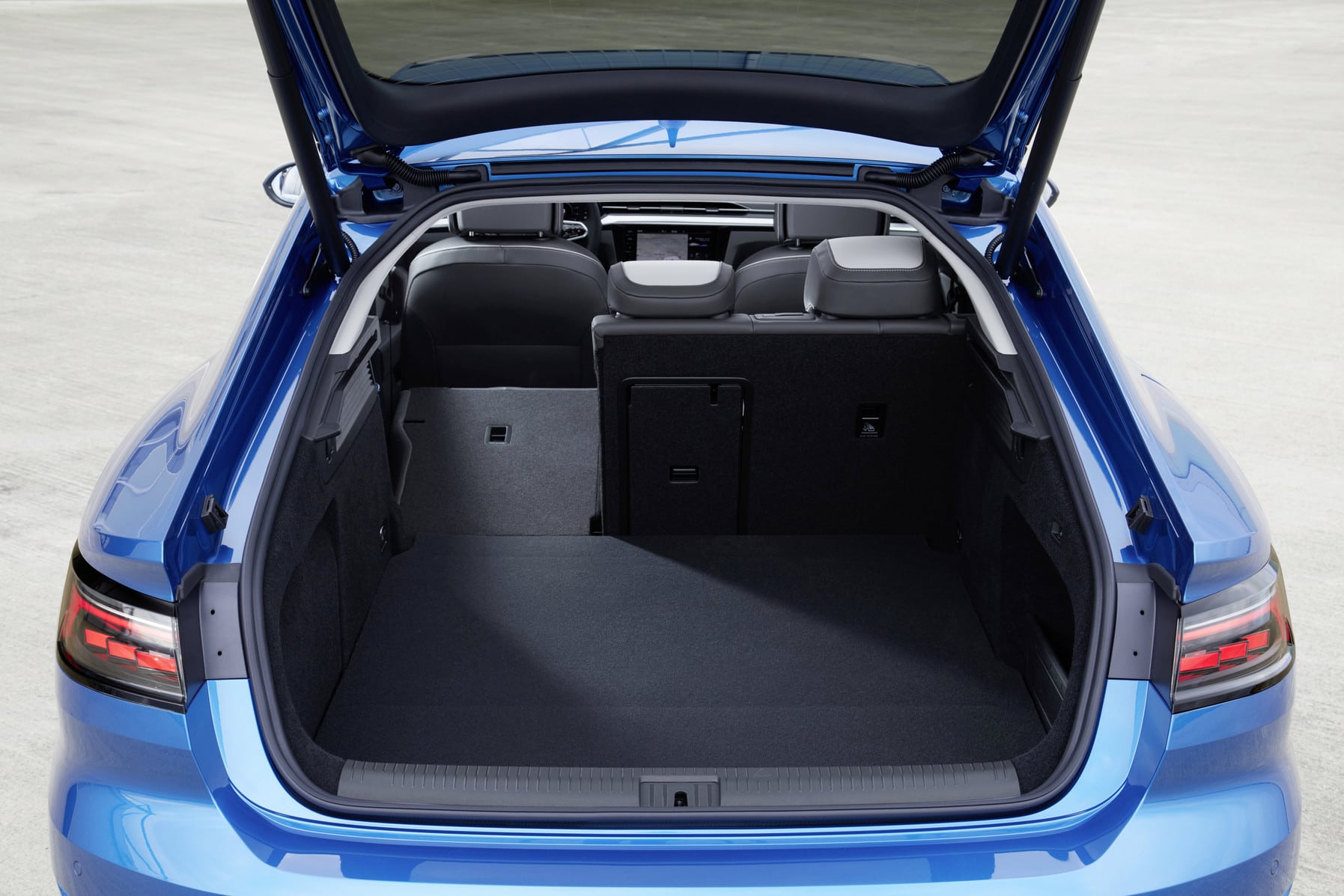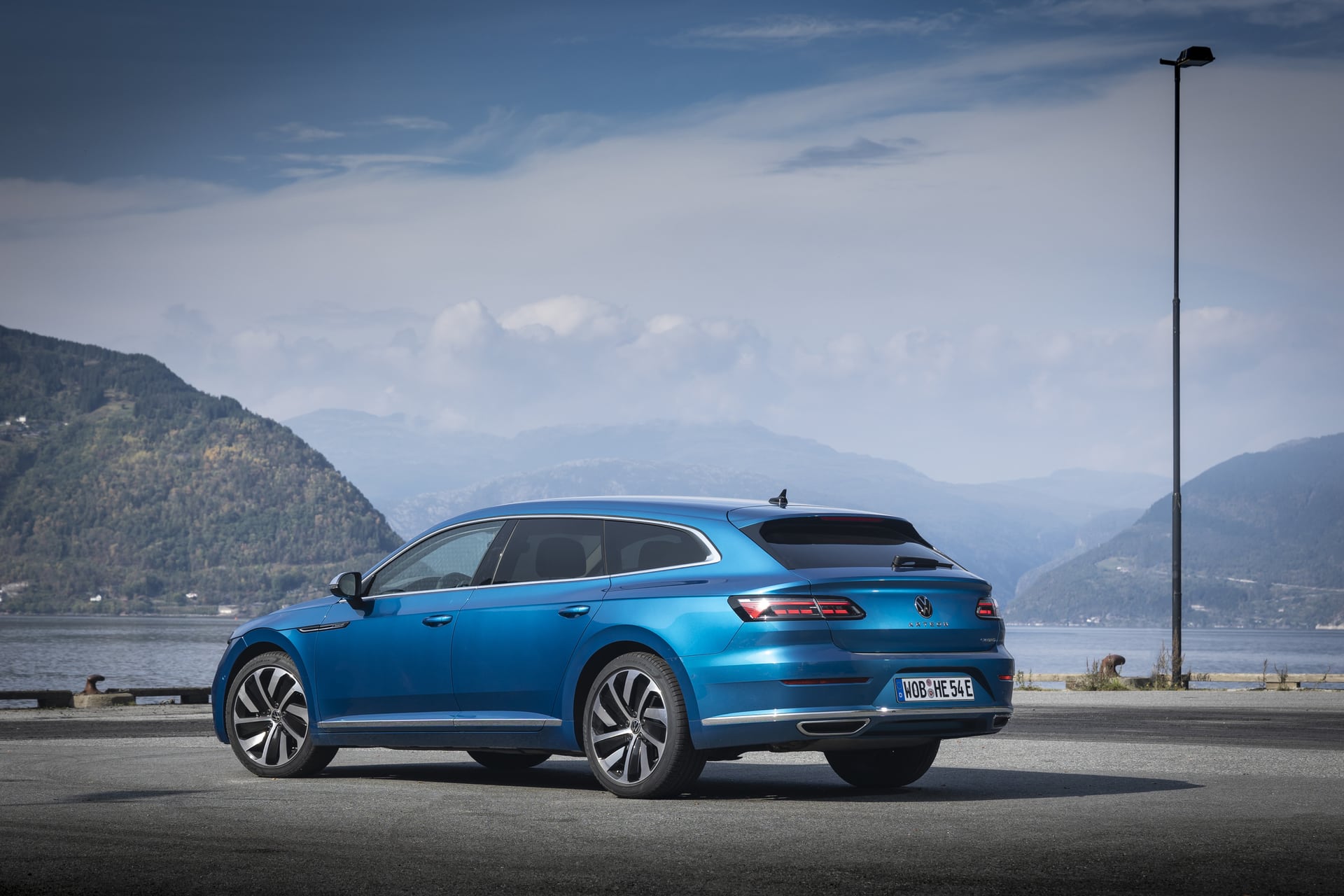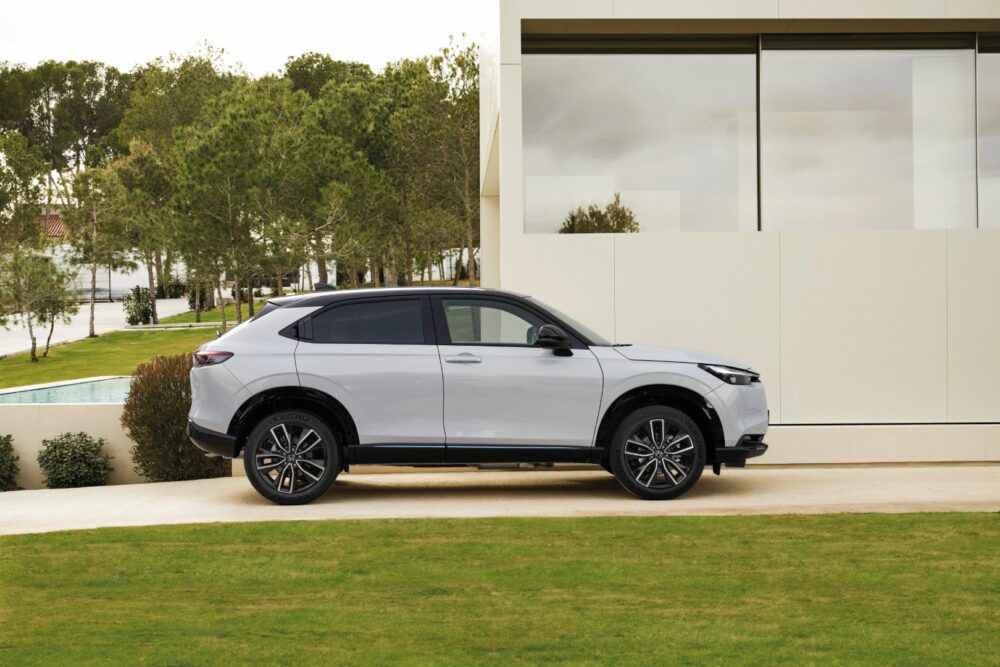Volkswagen: Interim solution plug-in hybrid
ALTERNATIVE For many contemporaries, electromobility has something sinister about it. Range anxiety, infrastructure, complicated tariffs and long charging times - that's why many are putting off switching to a zero-emission vehicle. As an interim solution until the automotive supply is fully converted, manufacturers have therefore developed plug-in hybrid models that combine the best of both drive worlds. In recent years, Volkswagen has [...]

As an interim solution until the automotive range is fully converted, manufacturers have therefore developed plug-in hybrid models that combine the best of both drive worlds. In recent years, Volkswagen has electrified almost its entire model range in this way.
Most daily trips are emission-free
A PHEV (Plug-in Hybrid Electric Vehicle) does not achieve the range of an all-electric model, but it can be used to complete most daily journeys without emissions.
The range currently extends from the compact Golf e-Hybrid to the Touareg e-Hybrid. Just a few years ago, Wolfsburg was still hostile to the hybrid technology developed in Japan. "You don't need two engines to power a car," a senior developer explained at the time.
Emission values with the power of two engines
Well, times have changed. The temptation to significantly reduce consumption and emission levels with the power of two engines was then obviously too great after all. The Arteon Shooting Brake e-Hybrid, for example, combines a 1.4-liter four-cylinder with an electric motor, which translates into a system output of 218 hp.
Volkswagen promises a consumption of 1.3 liters for 100 kilometers, and this value can even be undercut. After about 60 kilometers on speed-limited country roads, the on-board computer in the tidy instrument compartment reported 1.1 liters. However, the 1.8-ton sports station wagon was mainly electric on this route.
Combustion engine only for overtaking maneuvers
The combustion engine was only used briefly for overtaking maneuvers. After 60 kilometers, the electric energy supply was depleted. Volkswagen promises 57 kilometers, which is roughly twice the average daily mileage.
The Wolfsburg developers gave the model a 10.4 kWh battery for energy storage, which can be recharged in three hours and 40 minutes with a charging power of up to 3.6 kW. This is best done either at the workplace or at the home infrastructure.
Man must adapt his driving style
However, the energy-saving technology only works if the person behind the wheel adjusts his driving style accordingly. If the available power - and the temptation is great in view of the sporty values - then the advantages are reduced accordingly.
Once the energy reserve has been used up, the Arteon Shooting Brake rolls along the roads as an ordinary hybrid and still achieves low consumption figures.
Ranges of 900 kilometers are possible
The combination of the two powertrains also allows the Arteon Shooting Brake e-Hybrid to travel far. With the right driving style, ranges of 900 kilometers are possible.
However, the driving setting "GTE" mode must not be used too often then, even if the temptation to use the dynamic properties of the Arteon is great.
Pleasantly discreet noise levels in the interior
Thanks to the electric assistance and the favorable cW value of 0.26, the interior is pleasantly quiet. Only on rough road surfaces do rolling noises from the tires penetrate into the elegantly designed interior.
Prices are available on request












